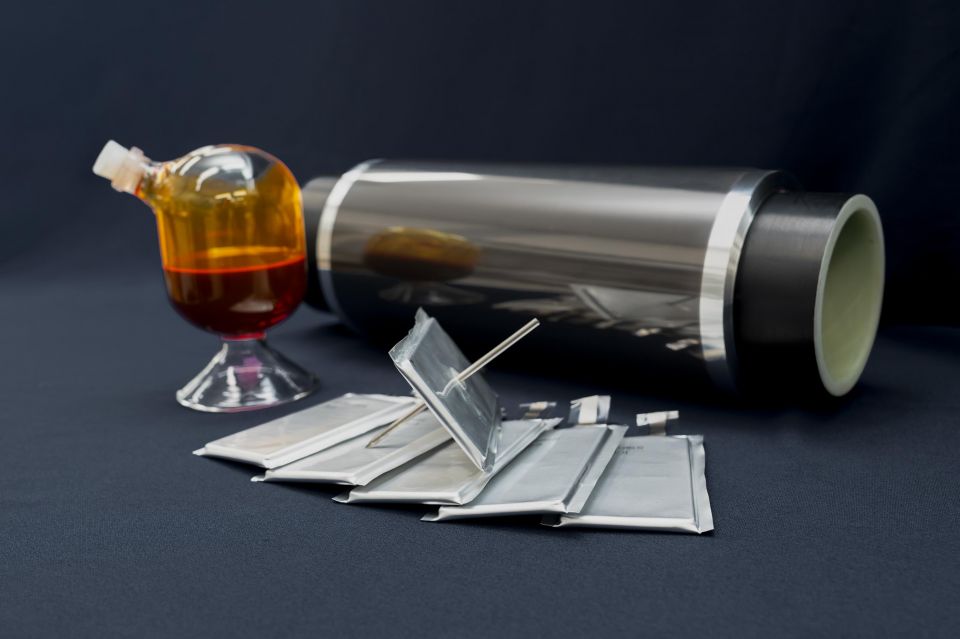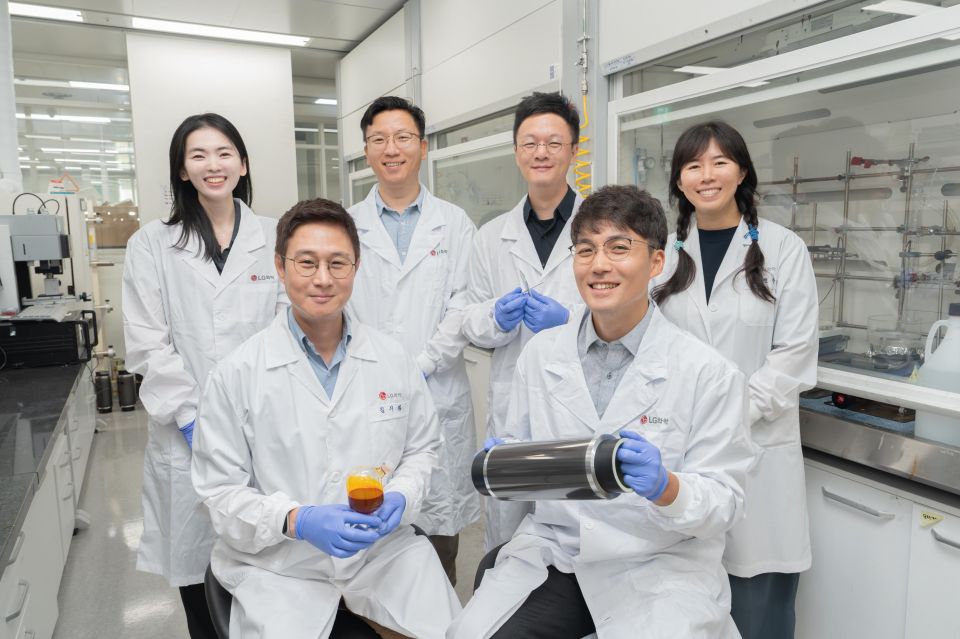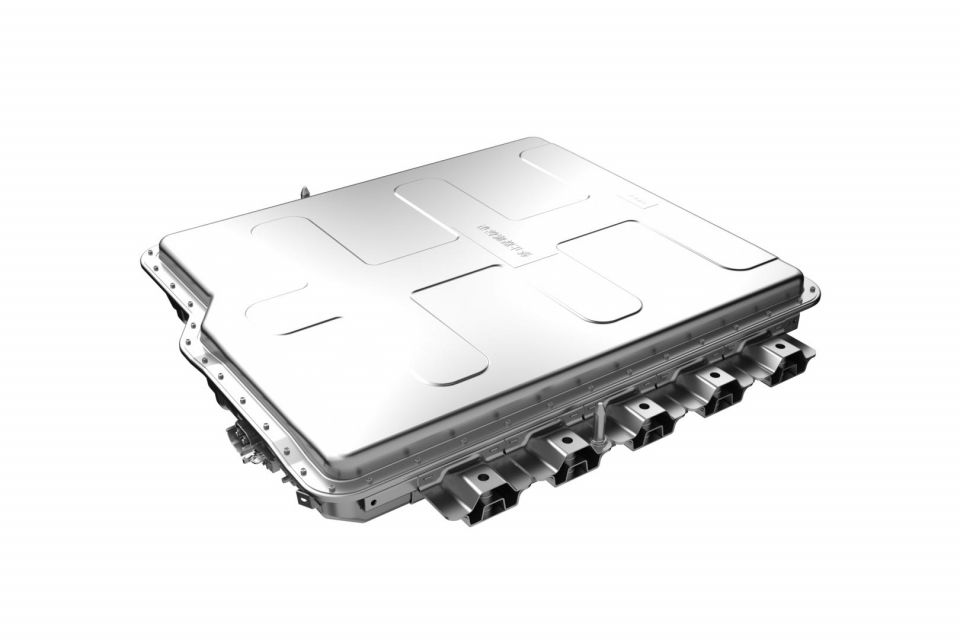

Andrew Maclean
4 Days Ago
Intense electric vehicle batteries fires could be a thing of the past if LG's new technology proves itself in the real world.

Contributor


Contributor
While electric vehicle (EV) fires are less common than those affecting petrol and diesel combustion engines, their ferocity has raised concerns about how firefighters can deal with the intense blazes.
EV fires can be caused by battery cells overheating after their cathodes and anodes make contact and short circuit, generating heat which spreads to surrounding cells, creating a chain reaction almost impossible to reverse with temperatures rising to about 1000°C.
This is known as thermal runaway, and while many battery packs are liquid-cooled to prevent such incidents, it’s still a problem which battery makers and EV manufacturers want to overcome.
100s of new car deals are available through CarExpert right now. Get the experts on your side and score a great deal. Browse now.

Now, thanks to South Korean chemical giant LG Chem, these concerns may become a thing of the past due to a new innovation developed by the firm.
LG Chem’s Platform Technology R&D team has developed a temperature-responsive Safety Reinforced Layer (SRL), which is designed to suppress thermal runaway and reduce the risk of EV battery fires.
A 1 micrometre-thick composite material, which changes its electrical resistance based on temperature, is positioned between the cathode layer and the current collector.
When the battery’s temperature rises beyond the normal range – 90°C to 130°C – the material reacts to the heat, altering its molecular structure and effectively suppressing the flow of current, blocking the reaction path at the early stages of overheating.

“This thermal runaway suppression material is highly responsive to temperature, with its electrical resistance increasing by 5000 ohms for every 1°C rise in temperature,” LG Chem said.
“The material’s maximum resistance is over 1000 times higher than at normal temperatures, and it also features reversibility, meaning the resistance decreases and returns to its original state, allowing the current to flow normally again once the temperature drops.”
LG Chem conducted a penetration test with a nail puncturing lithium cobalt oxide (LCO) batteries, resulting in 84 per cent of the packs catching fire.
However, those which featured the thermal runaway suppression material didn’t catch fire.

Impact tests on nickel cobalt manganese (NCM) EV batteries – in which a 10kg weight was dropped onto the pack – triggered a fire in all batteries without the new material.
While 30 per cent of the thermal runaway prevention material-equipped batteries caught fire, they were extinguished within seconds.
“This is a tangible research achievement that can be applied to mass production in a short period of time,” said LG Chem CTO Lee Jong-Ku.
“We will enhance safety technology to ensure customers can use electric vehicles with confidence and contribute to strengthening our competitiveness in the battery market.”
According to EV FireSafe, an Australian body which tracks EV blazes, there have been 511 instances of verified thermal runaway in both full-electric and plug-in hybrid (PHEV) passenger vehicles worldwide since 2010.
Born and raised in Canberra, Jordan has worked as a full-time automotive journalist since 2021, being one of the most-published automotive news writers in Australia before joining CarExpert in 2024.


Andrew Maclean
4 Days Ago


Max Davies
4 Days Ago


Matt Campbell
3 Days Ago


Max Davies
1 Day Ago


Josh Nevett
10 Hours Ago


Damion Smy
6 Hours Ago